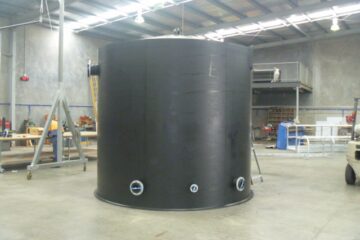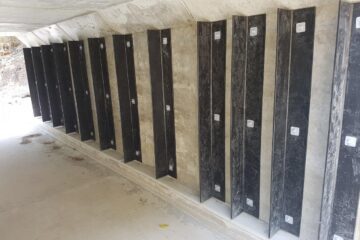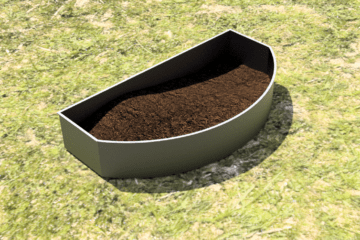Plastics, by definition, are materials with the capacity for being moulded or altered, retaining the shape obtained by pressure deformation. In turn, polymer comes from the Greek words poly, meaning many, and meros, meaning parts or units. Thus, a polymer is a chain of joined units, naturally occurring in the shell of tortoises and animal horns, cellulose and latex from tree sap. The plastic industry, in the search for new products and applications, experiment with these chains to change the properties of polymers, creating synthetic varieties such as PET, PVC or PVA with unique qualities and multiple uses.
What are polymer plastics?
Polymers are chemical compounds made up of large series of interconnected links. The size of the molecules, together with their physical state and structure, determine the properties of each plastic with malleability being a primary characteristic.
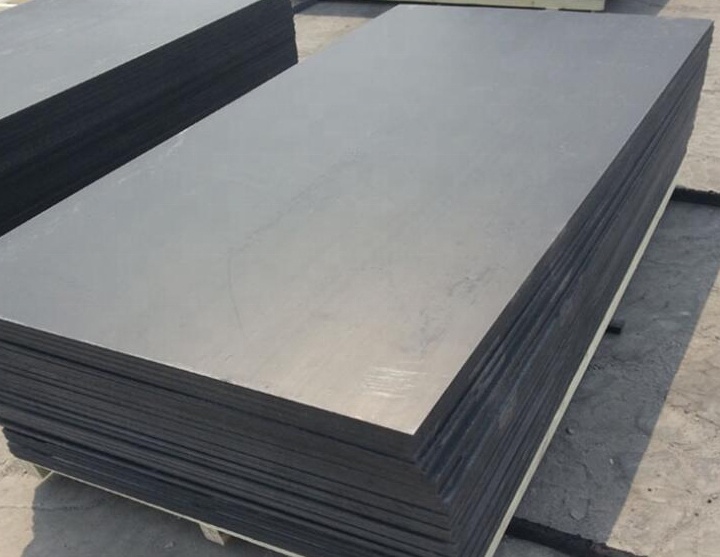
Polymer plastics can be divided into two categories: thermoplastics and thermosets. Thermoplastics, such as polyethylene and polystyrene, become soft upon heating. This means that they can be melted and moulded repeatedly. You can heat and reshape them into new forms, giving thermoplastics the particularity of being recyclable, thanks to the separability and mobility of their molecules. Thermosets, on the other hand, become hard and infusible upon heating. This means that they cannot be remelted and reworked. For that reason, these plastics are good in electrical applications, as is the case of epoxy polymers.
Applications
As discussed, each polymer has different properties depending on its molecular characteristics and the intervention they receive during the manufacturing process. The stiffness, breaking stress, toughness and conductivity of each polymer will determine whether they can be useful as films and wraps, foamed cups, auto parts or test tanks. The fact that they can be designed and engineered in various ways to produce different plastics is what makes them so versatile.
Some of the most common thermoplastic polymers are:
- Polypropylene: used in chemical tanks, machine covers and electrical switch cabinets
- High-Density Polyethylene (HDPE): used in piping systems, fuel tanks and telecommunication ducts
- Polystyrene: used in moulded objects such as tableware and trays
- Polyvinyl chloride (PVC): used in clear food wrap, bottles, floor covering and synthetic leather
- Acrylic (AC): used in boat windows, display cabinets, experimental reactors and signage
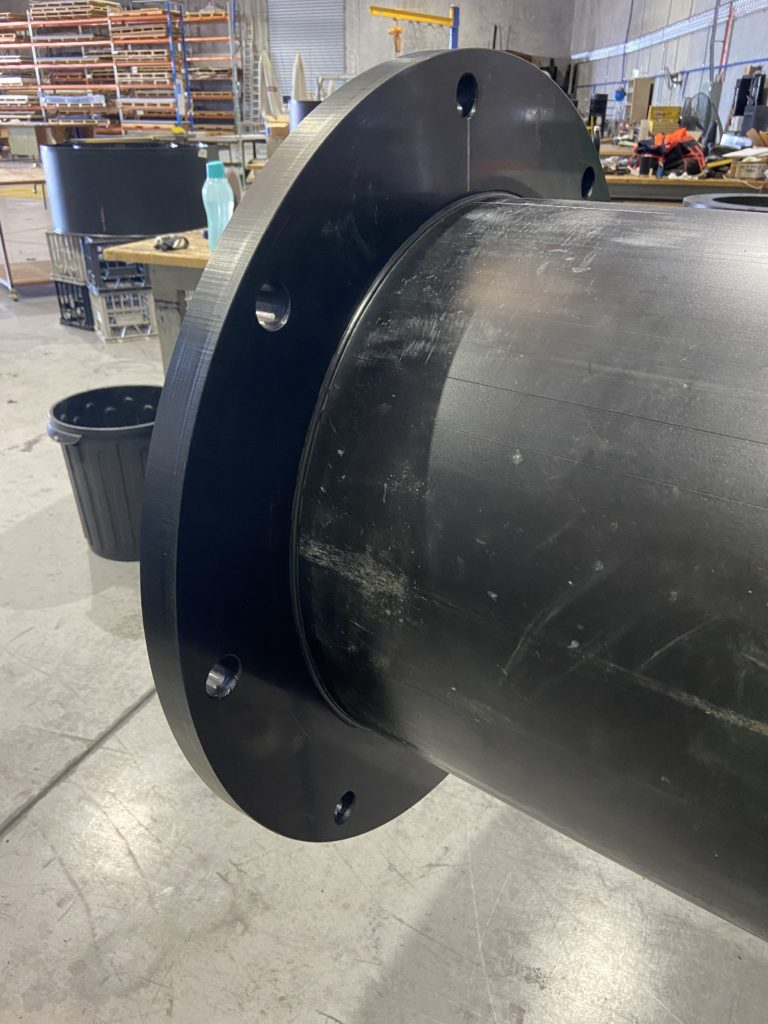
Addition Polymerization vs Condensation Polymerization
There are two ways in which the polymer chains can be joined: addition polymerization and condensation polymerization. The first is a process in which each unit is added to the end of the next one, like making a chain of paper clips, forming thermoplastics like polyethylene, polystyrene, and acrylic. The latter is a process in which a molecule is eliminated from the chain, forming either thermoplastics or thermosets, including nylons and some polyesters.
It takes a premier plastic fabricator to understand the particularities of each material, from the resin condition to the final installation. Industrial Plastics work within a range of varying sectors, delivering custom plastic products with optimal performance.
Contact Us
At Industrial Plastics, we are determined to innovate our approach to fabrication by employing the most efficient technology, guaranteeing we make the highest quality plastic products available. Our experienced team is always searching for ways to improve customizability through our advanced machinery and process knowledge. We understand how imperative plastic fabrication is too many businesses. Backed by our ISO 9001 accreditation, you can put trust in Industrial Plastics fabrication. To learn more about polymer plastics or to start your next project, contact us at [email protected] or call 1300 465 888.




















